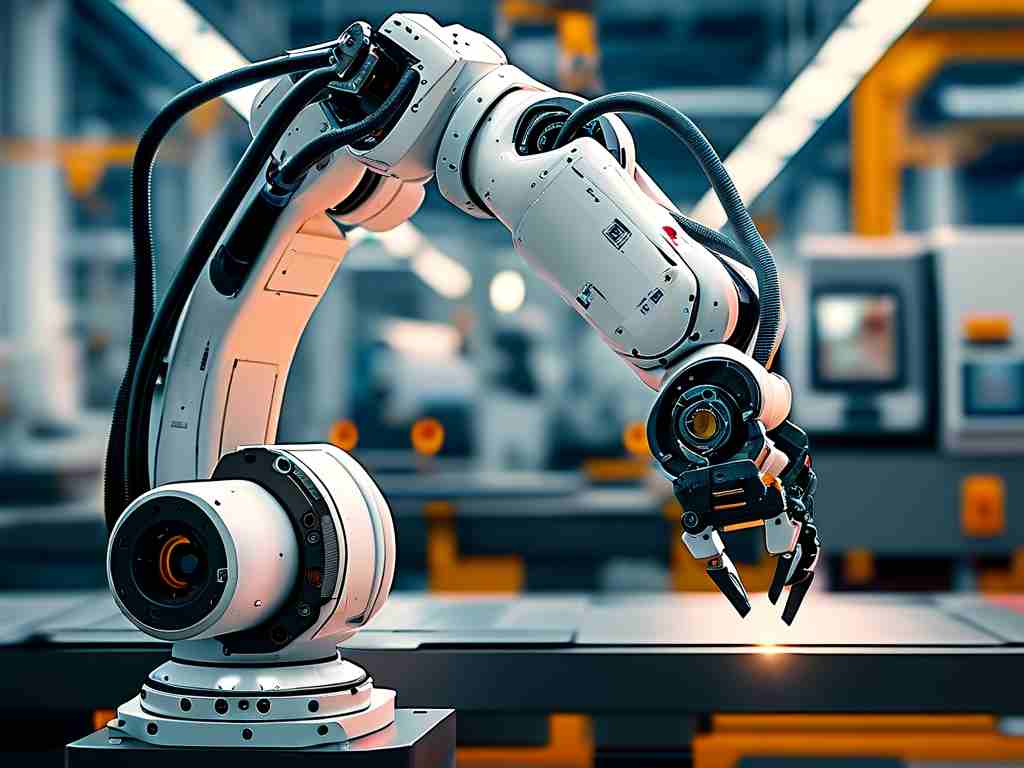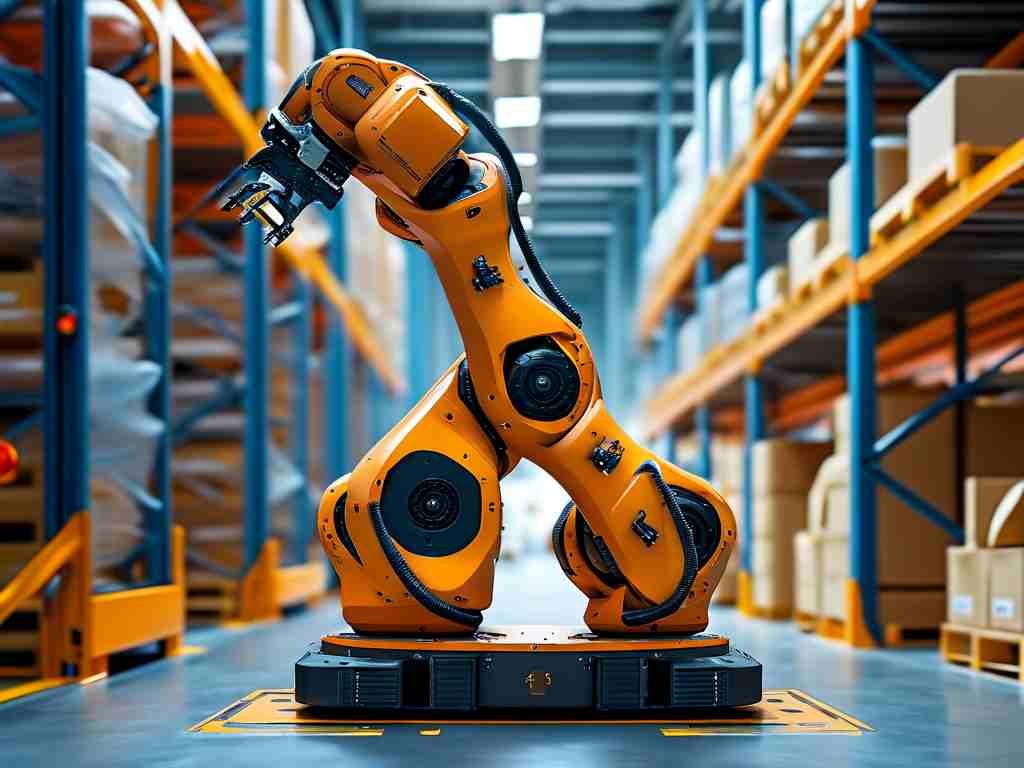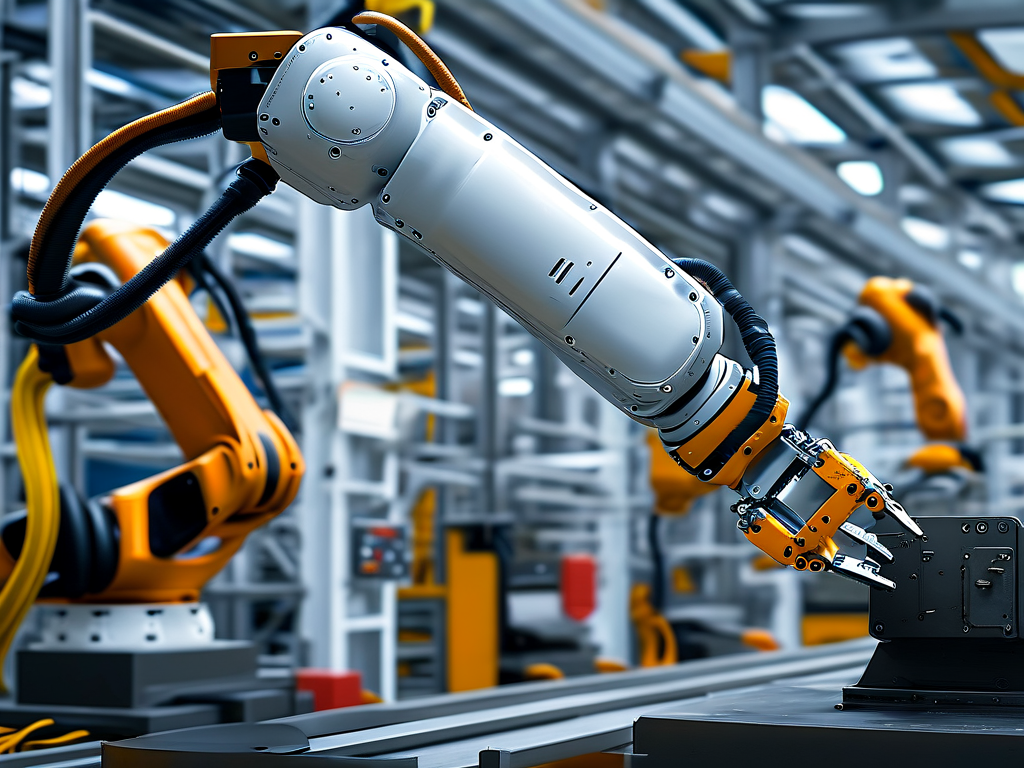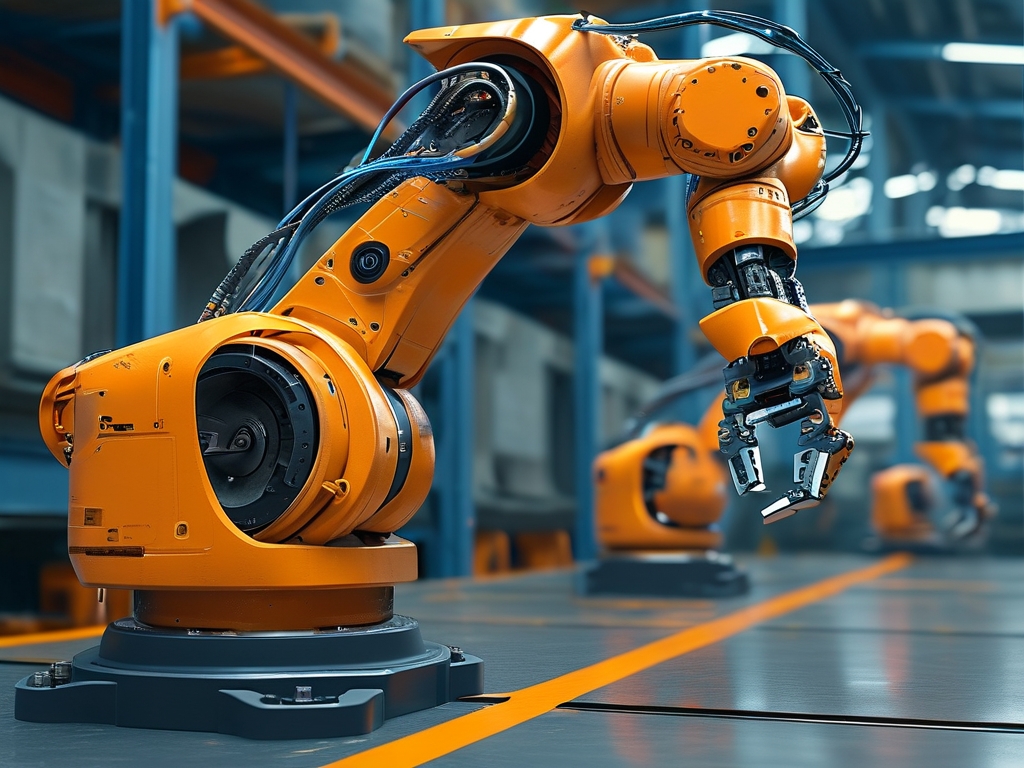The evolution of robotic lifting technology has redefined industrial and commercial workflows, merging precision engineering with adaptive control systems. Unlike conventional hydraulic or pneumatic solutions, modern robotic lifting mechanisms integrate AI-driven algorithms, multi-axis motion control, and lightweight composite materials to achieve unprecedented operational versatility. This article explores the technical foundations, real-world applications, and future trajectories of this transformative technology.
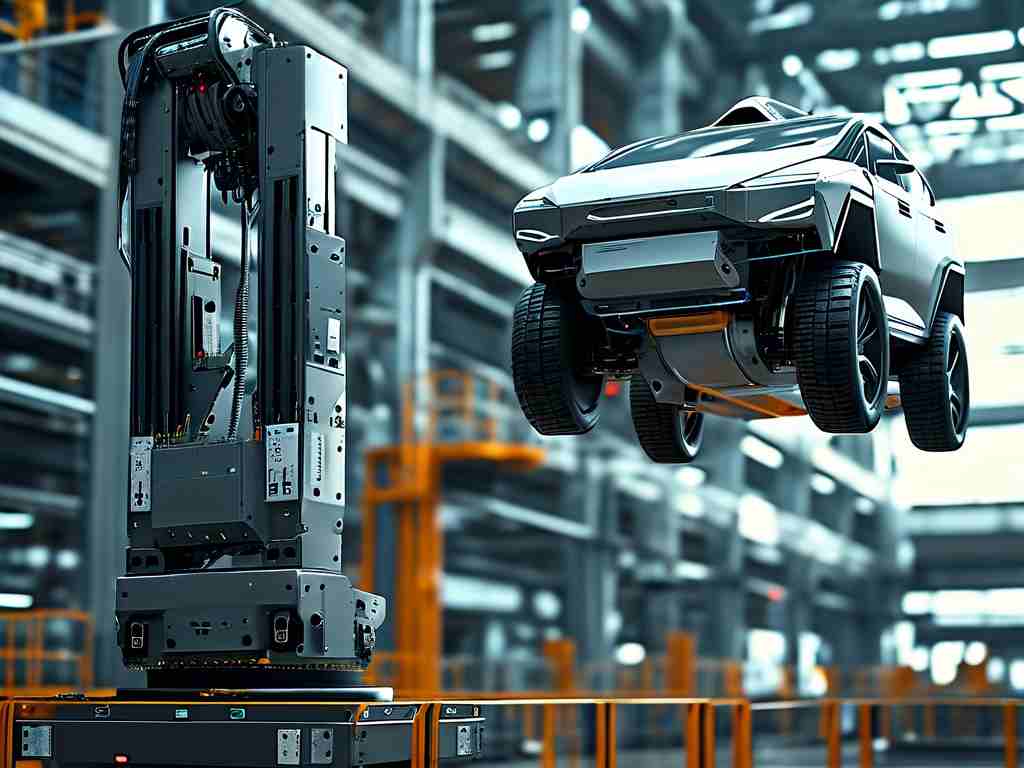
Core Technical Innovations
At the heart of robotic lifting systems lies a synergy between hardware and software. Advanced servo motors equipped with torque sensors enable millimeter-level positioning accuracy, while machine learning models optimize energy consumption based on load dynamics. For instance, collaborative robots (cobots) now employ force-feedback mechanisms to adjust lifting trajectories in real time, minimizing collisions in cluttered environments. A notable example is the XYZ-9000 series, which uses carbon-fiber telescopic arms to handle payloads up to 500 kg with a 0.1mm repeatability margin.
Industry-Specific Applications
-
Manufacturing Automation
In automotive assembly lines, robotic lifters have replaced manual crane operations for installing heavy components like engines or battery packs. Companies like Tesla deploy synchronized robotic arms that lift and position 1-ton battery modules within 3-second cycles, reducing human error by 72%. -
Healthcare Logistics
Hospitals utilize autonomous mobile robots (AMRs) with vertical lifting capabilities to transport medical supplies between floors. The MediLift A3 model, for example, navigates elevator systems using RFID authentication, ensuring sterile equipment reaches surgery units within 5-minute windows. -
Warehouse Optimization
E-commerce giants leverage robotic lifters for high-density storage retrieval. Amazon’s Atlas V2 robots combine scissor-lift mechanisms with SLAM navigation, accessing 15-meter-tall shelving units while maintaining a 99.8% inventory accuracy rate.
Challenges and Solutions
Despite advancements, energy efficiency remains a hurdle. High-torque lifting demands often drain battery-powered systems within hours. Innovators like Boston Dynamics address this through regenerative braking systems, where kinetic energy from descending motions is converted into reusable electricity, extending operational uptime by 40%.
Another challenge involves safety compliance. ISO/TS 15066 standards now mandate dual-layer LiDAR and thermal imaging for human-robot collaboration zones. ABB’s SafeMove 3.0 software exemplifies this, halting robotic lifters if a worker enters a 1.5-meter radius during heavy load maneuvers.
Future Directions
Emerging trends point toward bio-inspired designs. Researchers at MIT are developing “muscle-mimetic” actuators using shape-memory alloys, enabling robotic lifters to replicate human-like lifting motions with 60% less energy. Meanwhile, 5G-enabled edge computing promises to enhance swarm robotics, where fleets of lifters coordinate via low-latency networks for large-scale construction projects.
Environmental sustainability is also shaping R&D priorities. Siemens recently unveiled a solar-powered robotic lifter prototype for offshore wind turbine maintenance, eliminating diesel dependencies in harsh marine environments.
Robotic lifting technology continues to bridge the gap between mechanical power and intelligent adaptability. As industries prioritize speed, safety, and sustainability, these systems will undoubtedly become linchpins of next-generation automation. From smart factories to urban infrastructure, the elevation of robotics is not just metaphorical—it’s a tangible force reshaping how we interact with the physical world.


